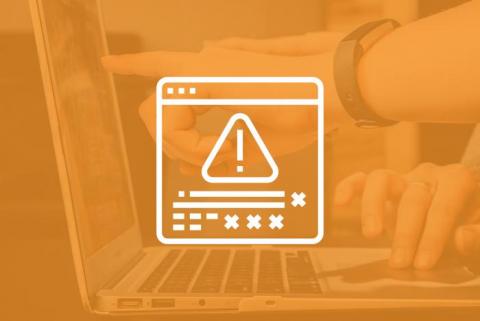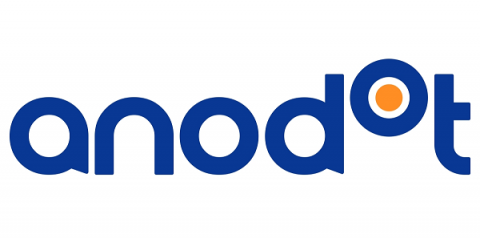Systems | Development | Analytics | API | Testing
%term
How to Enable PHP Error Reporting
Errors are undesirable for users and you should do everything in your control to keep users away from them. However, they are of utmost importance for developers. They allow developers to understand the inaccuracies and vulnerabilities in their code by alerting them when their code breaks. They also provide relevant information about what went wrong, where, and what can be done to make amends.
A Definitive Guide to Understandability
As we all know, with great power comes great responsibility, and it’s not only Spider-Man who feels the pressure from that. However, in the case of developers, we’d like to change that saying (sorry, Uncle Ben!) to say that with great power comes great limitations. Why, you ask? Well, it really comes down to the power that software developers have.
A Guide to Autonomous Monetization Monitoring for the Gaming Industry
Similar to other companies in the entertainment industry, gaming companies typically drive revenue from three sources: in-app purchases, ads, and subscription. A couple of examples of these sources include creating different in-app purchase options for each game and various ad units from multiple ad networks. While this diversity in revenue streams may be advantageous from a business perspective, from a technical standpoint, it creates numerous challenges.
Tyk vs. DreamFactory: An Overview, Comparison, and Review
CDP Private Cloud ends the battle between agility & control in the data center
As a BI Analyst, have you ever encountered a dashboard that wouldn’t refresh because other teams were using it? As a data scientist, have you ever had to wait 6 months before you could access the latest version of Spark? As an application architect, have you ever been asked to wait 12 weeks before you could get hardware to onboard a new application?
Why an integrated analytics platform is the right choice
Companies realize that in order to grow, connect products and services, or protect their business, they need to become data-driven. In selecting the tools to realize these goals, organizations effectively have two choices: a self-selected combination of analytics tools and applications or a unified platform that handles all. In this blog we will discuss the challenges of the former choice that will provide justification for the latter.
Using Your Existing API to Become a Snowflake Data Marketplace Provider, Part 2
One thing nearly all such data providers have is a REST API. Snowflake’s recently announced external functions capability allows Snowflake accounts to call external APIs. By using external functions, data enrichment providers can fulfill requests for data from Snowflake Data Marketplace consumers.
Aceable Switches From Alooma to Fivetran, Eliminates ETL Maintenance
After Alooma announced it was sunsetting its services for Redshift customers, Aceable moved to Fivetran for data integration. In one week, the business integrated all of its sources, including MongoDB — a project that was never completed with Alooma. With Fivetran, Aceable eliminates the need for back-end maintenance and adds Jira to its stack to track project progress across the entire org.










